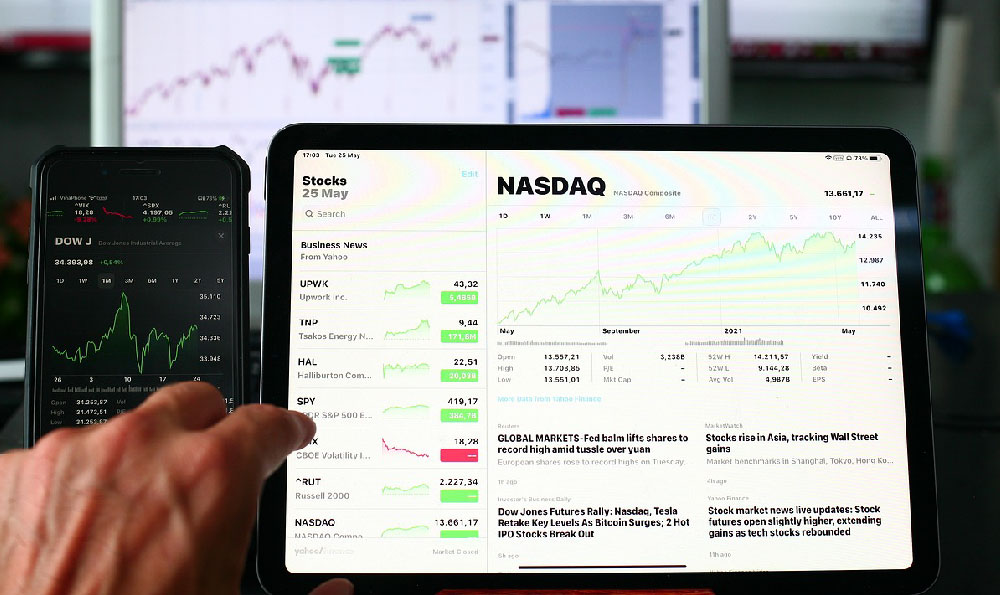
How to Make Money on Amazon Through Affiliate Marketing
Amazon affiliate marketing has emerged as one of the most accessible and lucrative avenues for individuals seeking to monetize their online presence, leveraging the power of e-commerce and digital advertising. With millions of active sellers and a vast consumer base, the platform offers a unique ecosystem where marketers can earn commissions by promoting products. However, success in this domain demands more than just a basic understanding of the mechanics—it requires strategic thinking, patience, and a keen awareness of market dynamics. Whether you're a seasoned content creator or a beginner exploring side income opportunities, mastering Amazon's affiliate model can unlock significant financial potential.
The foundation of effective affiliate marketing lies in identifying the right audience and aligning your content with their needs. Amazon's vast product catalog spans every niche imaginable, from electronics to home goods, health products to books, making it easier than ever to find relevant offerings. Yet, the key to standing out in this competitive space is to create value-driven content that resonates with your target demographic. For instance, a tech reviewer might focus on the latest gadgets, while a lifestyle blogger could spotlight budget-friendly home décor. By prioritizing relevance, you not only improve engagement metrics but also enhance the likelihood of conversion.

A critical factor in maximizing earnings is understanding the commission structure and product categories. Amazon offers varying commission rates depending on the type of product, ranging from 1% to 20% or higher for some high-margin items. Certain categories, such as Kindle books or digital downloads, often provide more favorable rates, allowing marketers to optimize their profit margins. Additionally, new products or limited-time offers may come with temporary boosts in commission, creating opportunities for strategic promotions. Familiarizing yourself with these nuances enables you to allocate resources effectively and focus on the most profitable niches.
Reputation and trust are paramount when building relationships with Amazon sellers. A strong personal brand or website can serve as a catalyst for collaborations, as it signals credibility to both consumers and vendors. Establishing a consistent publishing schedule and maintaining high-quality standards in your content positions you as a reliable source of information. Furthermore, cultivating a loyal audience through community engagement—such as responding to comments, creating FAQs, or hosting live streams—can foster long-term partnerships. Sellers are more likely to invest in campaigns with marketers who consistently deliver value and demonstrate a clear understanding of their target market.
Informed decisions must be grounded in data and analysis. Regularly tracking key metrics like click-through rates, conversion rates, and average order values provides insights into what strategies are working and where adjustments are needed. Tools such as Amazon Associates' built-in analytics dashboard or third-party software like Ahrefs and SEMrush allow for deeper market research, helping you identify trending products, competitor strategies, and audience behavior patterns. Additionally, analyzing competitor content and understanding their tactics can reveal gaps in your approach, enabling you to refine your offerings and stand out in the marketplace.
Long-term sustainability hinges on diversifying your income streams and adapting to market changes. Relying solely on a single product or category can expose you to risks if demand fluctuates. Instead, developing a portfolio of affiliate promotions across different niches allows for greater resilience and scalability. For example, a marketer might combine promotions for smart home devices with content on budget-friendly skincare, catering to a broader audience while maintaining a balanced revenue model. Staying updated on emerging trends—such as the rise of eco-friendly products or the popularity of AI-driven gadgets—ensures your strategy remains aligned with current consumer preferences.
Risk mitigation is essential in any online venture, and Amazon affiliate marketing is no exception. The platform’s algorithm is designed to penalize spammy or low-quality content, so maintaining authenticity is crucial. Over-optimizing keywords or creating misleading product descriptions can lead to account suspensions, which may take time to resolve and could harm your revenue. Similarly, partnering with sellers who prioritize quality over speed can ensure the products you promote meet customer expectations, reducing the likelihood of negative feedback or returns.
Scalability is another hallmark of successful Amazon affiliate marketing. As your audience grows, so does the potential to expand your operations. This could involve creating dedicated product pages, launching email marketing campaigns, or even developing a membership site to monetize your expertise. Automating certain aspects, such as content scheduling or link tracking, can free up time for more strategic activities, allowing you to scale your efforts without compromising quality.
Continual learning is the cornerstone of enduring success. Amazon’s marketplace and affiliate program evolve regularly, with updates to policies, new product categories, and algorithm changes. Staying ahead of these shifts requires ongoing education, whether through industry blogs, forums, or professional courses. Additionally, experimenting with different content formats—such as video reviews, blog posts, or social media tips—can help you discover what resonates most with your audience, leading to more effective engagement and higher earnings.
In conclusion, Amazon affiliate marketing presents a unique opportunity for individuals to generate income by tapping into a global marketplace. Success, however, is not guaranteed—it demands a combination of strategic planning, data-driven decisions, and relentless focus on quality and engagement. By building a strong personal brand, understanding the nuances of the platform, and staying adaptable to market changes, you can position yourself for long-term growth and profitability. The journey may require patience and precision, but the rewards are well worth the effort, offering a pathway to financial stability in the digital age.





